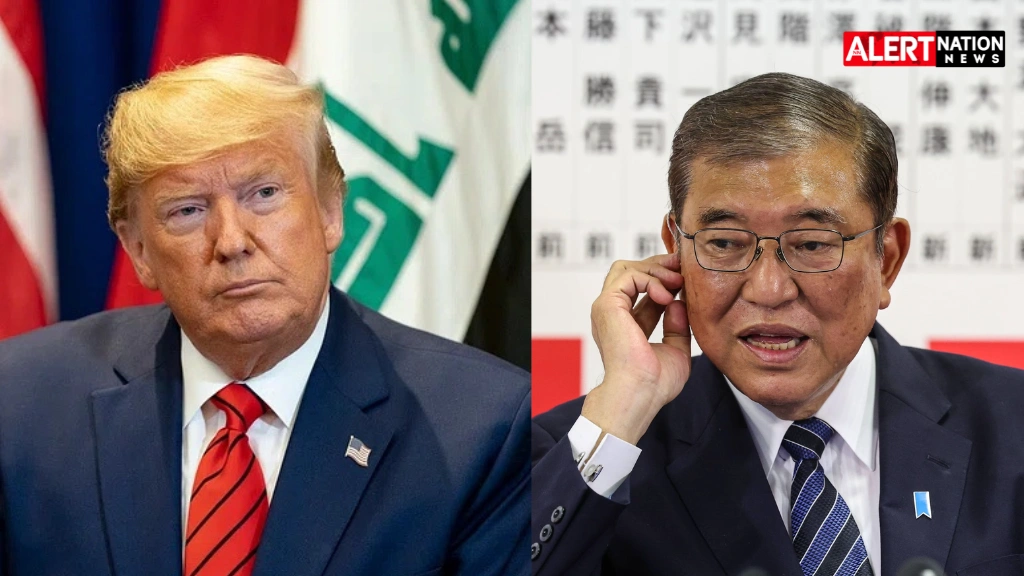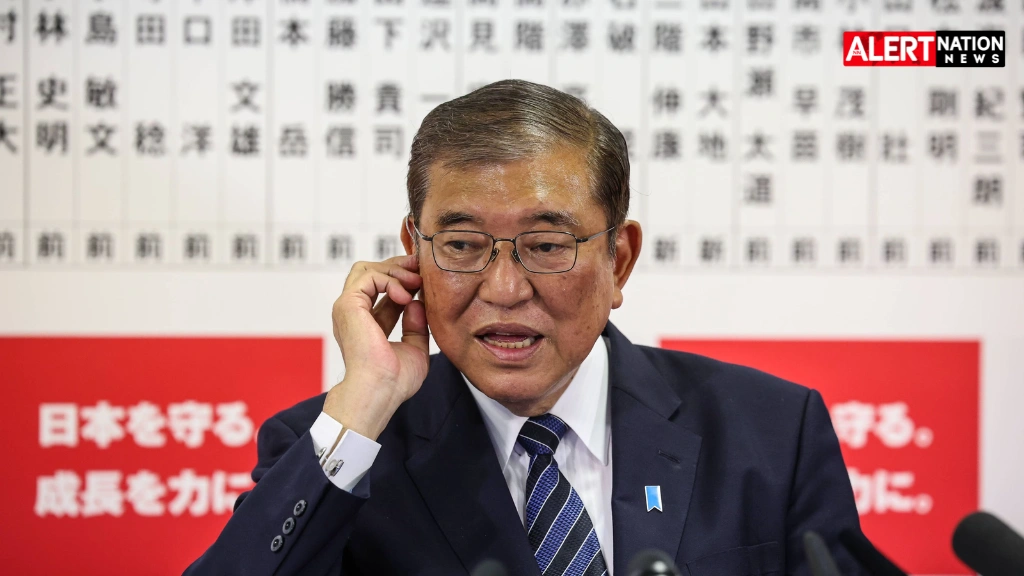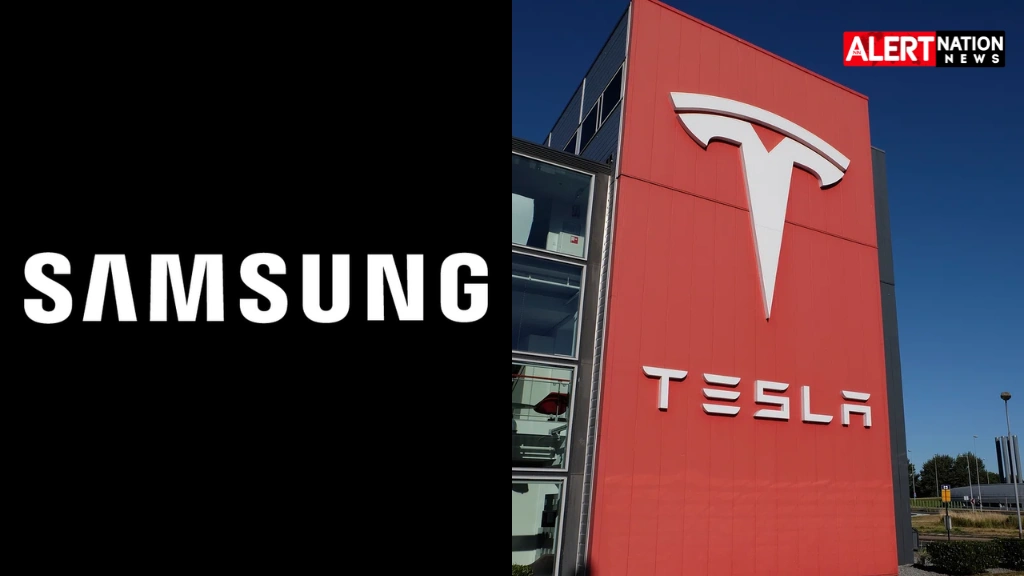President Donald Trump announced Tuesday that the United States has reached a significant trade agreement with Japan, implementing a 15% tariff on Japanese imports effective immediately, avoiding the more severe 25% tariff that was scheduled to take effect August 1st.
The new tariff structure applies to a wide range of Japanese goods including automobiles, auto parts, rice, and agricultural products. Trump described the deal as “reciprocal” and said it includes a commitment from Japan to invest $550 billion in the United States over the coming years.
“This is a tremendous deal for American workers and American businesses,” Trump said during the announcement. “Japan will finally pay their fair share and open their markets to our incredible products.”
The agreement represents a significant de-escalation from the 25% tariff threat that had loomed over U.S.-Japan trade relations for weeks. Japanese Prime Minister Shigeru Ishiba acknowledged the deal, calling it beneficial for both nations despite initial concerns from Tokyo about the economic impact.
Financial markets responded positively to the news, with Japan’s Nikkei index surging more than 3% and major automakers seeing double-digit gains. Toyota, Honda, and Nissan shares all posted significant increases as investors welcomed the lower-than-expected tariff rate.
The auto industry, which represents over a quarter of Japan’s exports to the U.S., appears to be a central focus of the agreement. Some reports suggest existing U.S. tariffs on Japanese vehicles have been reduced from 25% to 15% under the new deal, though official confirmation of these details remains pending.
As part of the agreement, Japan has committed to opening its markets further to U.S. exports, particularly automobiles, trucks, rice, and other agricultural products. The deal addresses the $69.4 billion goods trade deficit the U.S. ran with Japan in 2024, which the Trump administration has consistently cited as evidence of unfair trading practices.
“Japan will buy our cars, our trucks, our beautiful agricultural products,” Trump stated. “This levels the playing field like never before.”
However, both governments have yet to release comprehensive documentation detailing the precise terms of Japan’s investment commitments or the specific application of the new tariff across different sectors. Questions remain about whether the 15% rate fully replaces all existing duties or if some products will continue to face higher tariffs.
The announcement comes at a politically sensitive time for Prime Minister Ishiba, whose ruling coalition recently suffered setbacks in parliamentary elections. Despite domestic political pressures, Japanese officials have generally welcomed the agreement as preferable to the alternative of higher tariffs.
Industry analysts view the deal as providing temporary relief for Japanese exporters and manufacturers, though they warn that the 15% tariff will likely still result in higher costs for American consumers purchasing Japanese goods. The agreement is part of the Trump administration’s broader strategy to renegotiate trade relationships with key allies, including ongoing discussions with European Union nations and other Asian trading partners.
The timing of the announcement, just days before the August 1st deadline for the higher tariffs, suggests intensive last-minute negotiations between the two allies. Both sides have emphasized the deal’s benefits for their respective economies while acknowledging that implementation details are still being finalized.
This trade agreement marks one of the most significant bilateral economic developments between the U.S. and Japan in recent years, potentially setting a precedent for how the Trump administration approaches similar negotiations with other trading partners facing tariff threats.







Pingback: Japan's PM Ishiba to Resign by End of August After Coalition Loses Parliamentary Majority